Fire-resistant bricks are widely used in the industrial field and are used in various types of high-temperature kilns. The stacking skills directly affect their quality, service life, and construction efficiency. The following will introduce the stacking skills of batu bata refraktori in detail.
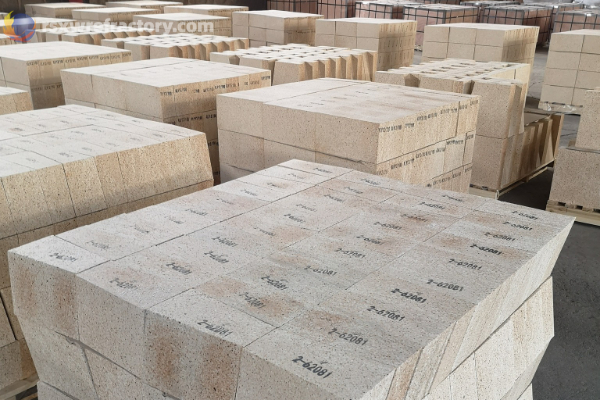
How do you choose a refractory brick stacking site?
Flat ground: The site for stacking fire-resistant bricks should be flat to prevent the bricks from tilting and collapsing due to uneven ground.
Moisture-proof measures: Refractory bricks should be kept away from moisture during stacking, and the stacking site should have good drainage facilities to prevent water from seeping in.
Good ventilation: The stacking site should maintain good ventilation conditions to prevent moisture from accumulating and causing the bricks to get damp.
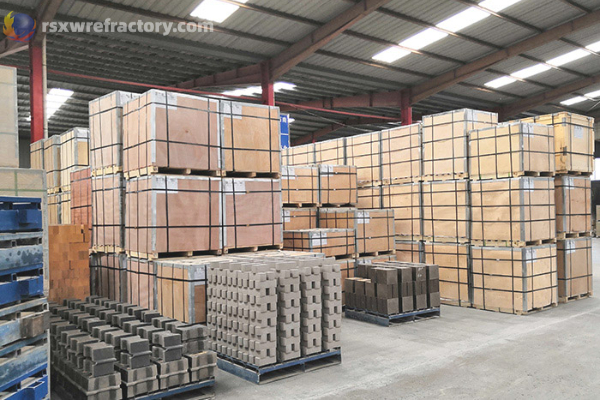
Fire resistant bricks stacking skills
- Fire-resistant bricks are stacked separately according to different parts of the furnace;
- Stacked separately according to the composition, specifications, and sizes of refractory bricks;
- Stacked according to the construction order, the refractory bricks of the first construction part are stacked as close to the transportation line as possible;
- Refractory bricks should be stacked neatly, and only one incomplete brick stack is allowed for the same refractory brick number;
- All refractory brick stacks should be marked with refractory brick type, brick number, main size and use parts with fine labels;
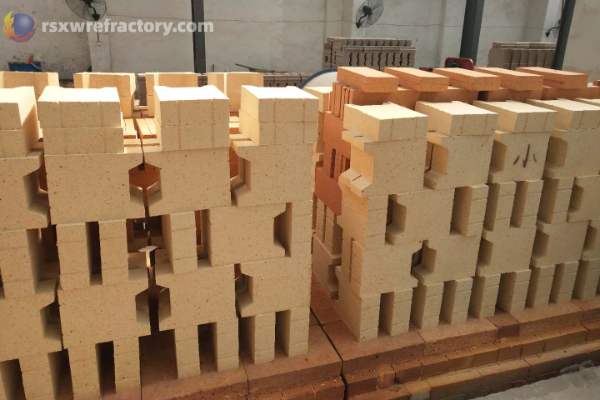
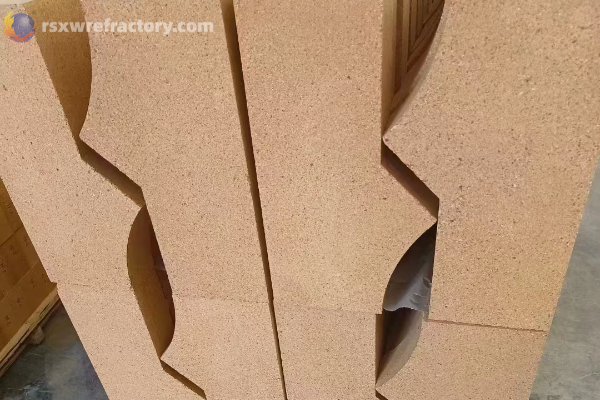
- The width of the passage between refractory brick stacks: the entrance aisle is not less than 600mm; the transportation aisle is 2000 ~ 3000mm; the distance between the refractory brick stack and the wall is not less than 500mm.
- The stacking of refractory bricks requires to be neat and stable, so as to facilitate the second search, use, and transportation. There are certain requirements for the stacking of refractory bricks in the warehouse or construction site.
- Standard refractory bricks, thick wedge-shaped refractory bricks, right-angle refractory bricks, dll., with a unit weight of less than 12kg (calculated based on the density of refractory bricks), are arranged sideways with 12, 16, or 20 bricks per layer, and the height of each stack shall not exceed 1.9m.
- Right-angle refractory bricks or special-shaped refractory bricks with a unit weight of more than 12Kg are stacked. The style of the stack and the number of each layer must be consistent, and the height shall not exceed 1.8m.
- For standard refractory bricks, if the brick stack uses 5 side bricks as a group, four groups of side bricks as a square stack. That is 20 bricks per layer. The height of the refractory brick stack is calculated as 15 side groups. The number of refractory bricks in each brick stack is 300.
- The brick stack of refractory bricks can be laid flat or sideways. It can be stacked into independent brick stacks according to different refractory brick specifications and sizes.
- The stacking of refractory bricks is generally done on the side, except for some special-shaped refractory bricks that must be laid flat. Bricks laid on the side are less likely to break and are easy to use. Regardless of the stacking method, the direction of the upper refractory bricks must be opposite to that of the lower refractory bricks to make the brick stack stable.
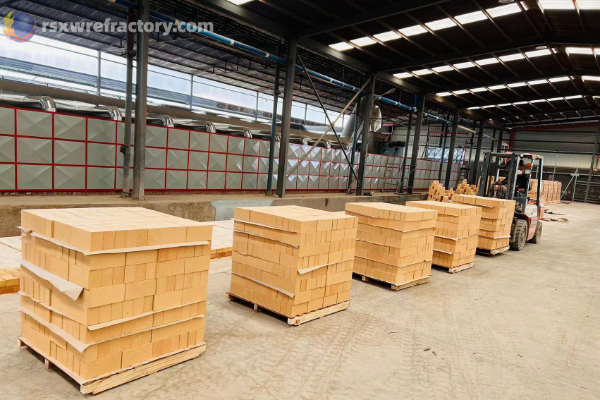
 Grup Rongsheng
Grup Rongsheng

Wechat wechat
Pindai Kode QR dengan WeChat